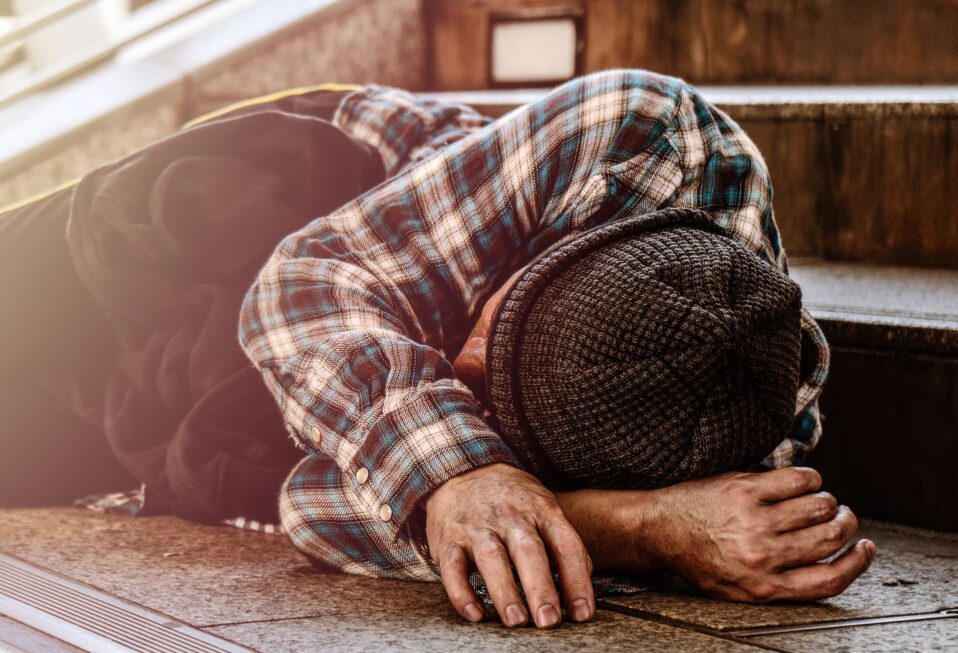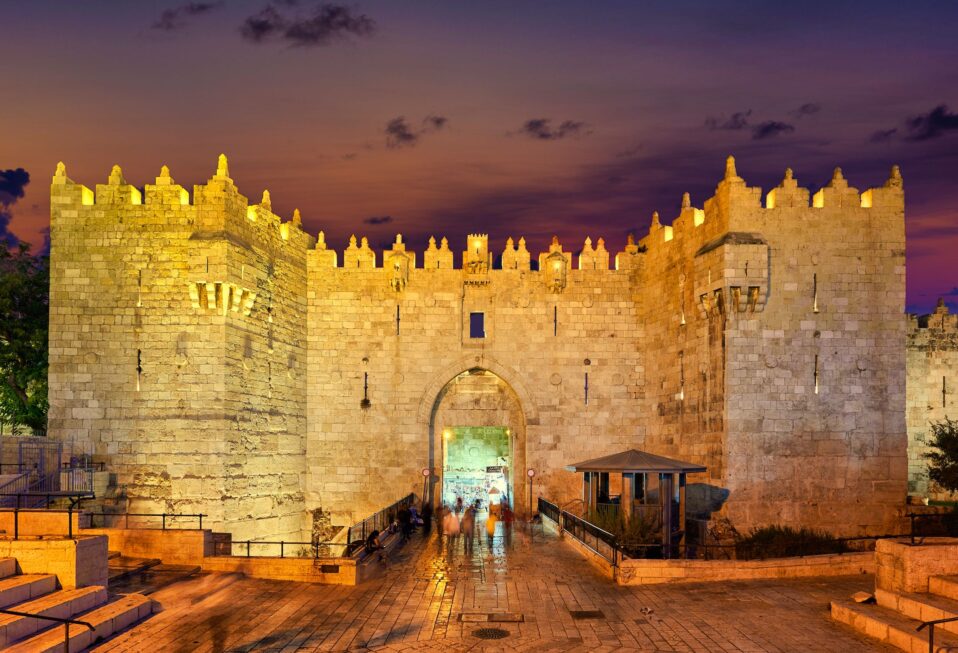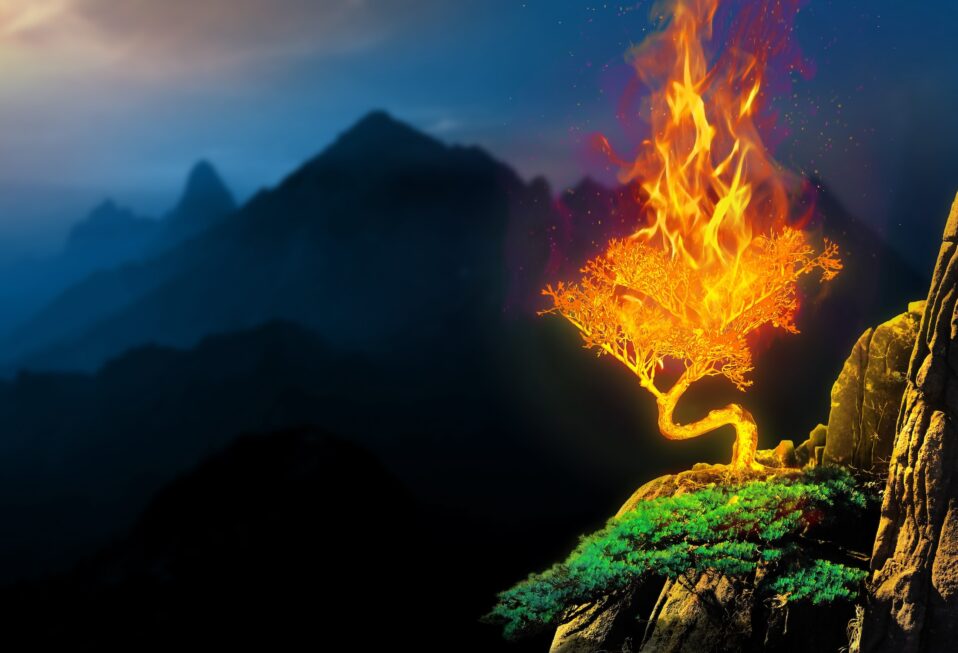Have you ever noticed that we can approach God with seemingly the right intentions and desires, but in His eyes, our motivations and desires matter little in light of how we treat others?
The prophet Isaiah says the people “seek [God] daily, delight to know [His] ways, as a nation that did righteousness, and did not forsake the ordinance of their God” (Isaiah 58:2 NKJV). They even delight in the “nearness of God.” Sounds like they’re doing everything right. Isn’t that what we tell people to do—seek God daily and delight in His nearness? Yet God calls upon Isaiah to announce to the house of Jacob their guilt and sin (58:1).
The people ask God why their fasts are ineffective. They fasted. They starved their bodies (58:3). That’s what we’re supposed to do, right? Shouldn’t God answer us then?
God responds with a jolting message: On your fast day, you do what pleases you. You exploit your workers; you cause strife and contention (58:3-4). While they may have the proper desires towards God, and even carry out their fasts properly (see 58:5), their reprehensible behavior toward others causes their voices not to be heard on high.
God doesn’t care that they starve themselves, putting on sackcloth and lying in ashes. Such a fast does not move Him.
The prophet then offers the fast that God desires, “a day pleasing to the LORD,” the kind that moves Him to act on the people’s behalf “to loose the bonds of wickedness, to undo the heavy burdens, to let the oppressed go free” and “break every yoke” (58:6). He calls upon the people “to share your bread with the hungry,” to bring to your house the poor who are cast out, to cover the naked, and “not hide yourself from your own flesh” (58:7).
Instead of starving themselves, donning sackcloth, and lying in ashes, they should treat others with care and compassion, which will then motivate God to act on their behalf. “Then shall your light burst forth like the morning, your healing shall spring forth speedily and … the glory of the LORD will be your rear guard. Then you shall call, and the LORD will answer; you shall cry, and He will say, ‘Here I am’” (58:8-9).
Isaiah’s message: God is far more concerned with how you treat those around you, especially the poor and needy, than He is with your religious piety or even your desire to seek Him.
The mark of true spirituality is not only our pursuit of God, but also our actions towards others. Our intentions and desires may seem spiritual, but if we do not treat others with care and compassion, then our desires for God matter little to Him.
What motivates God to answer our cries? How we treat those around us, especially those in need.
PRAYER
Father, forgive us for not seeing those around us as the true path to showing our desire and delight for You. May our actions be pleasing before You, O Lord. Amen.















